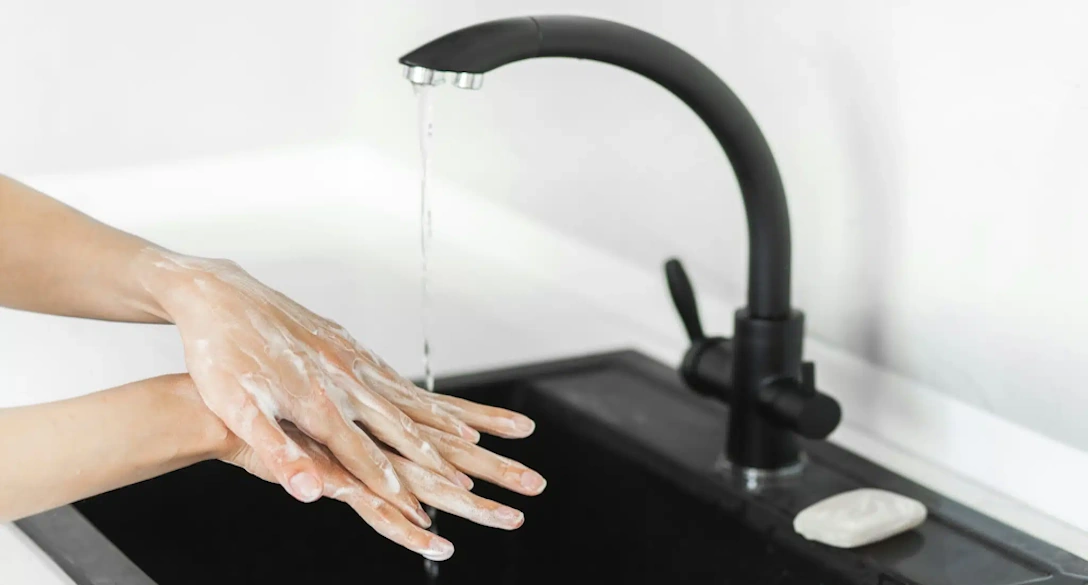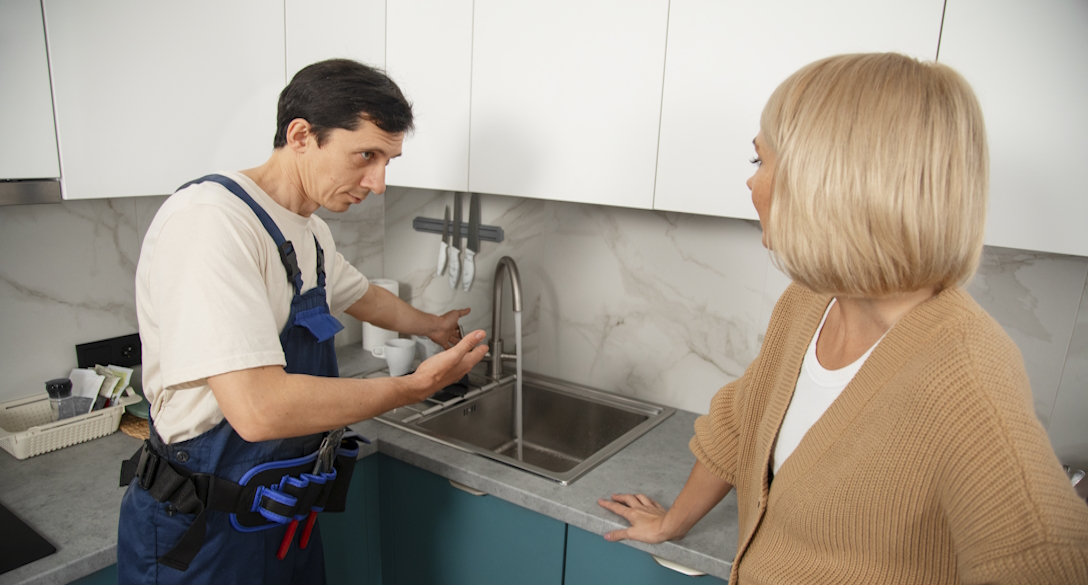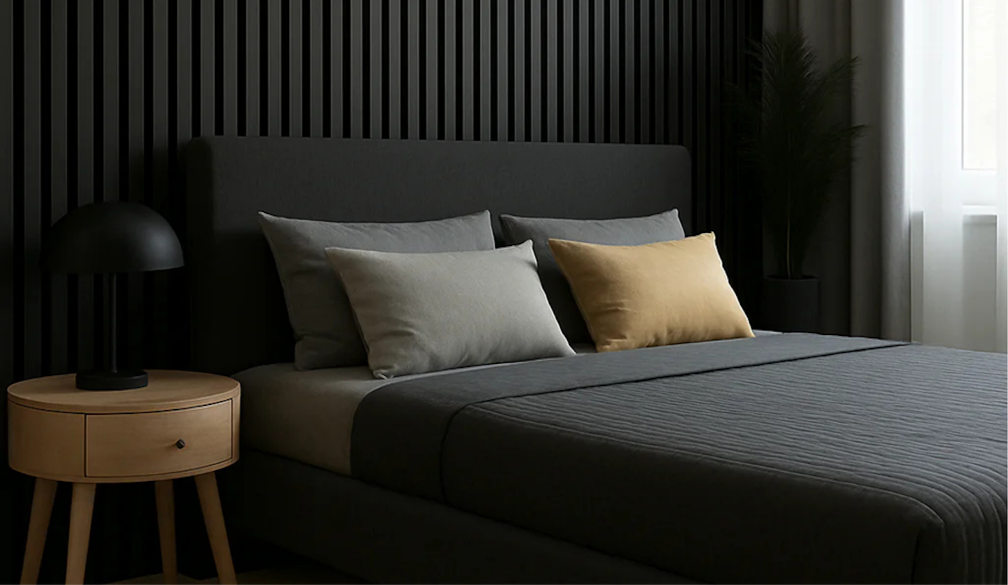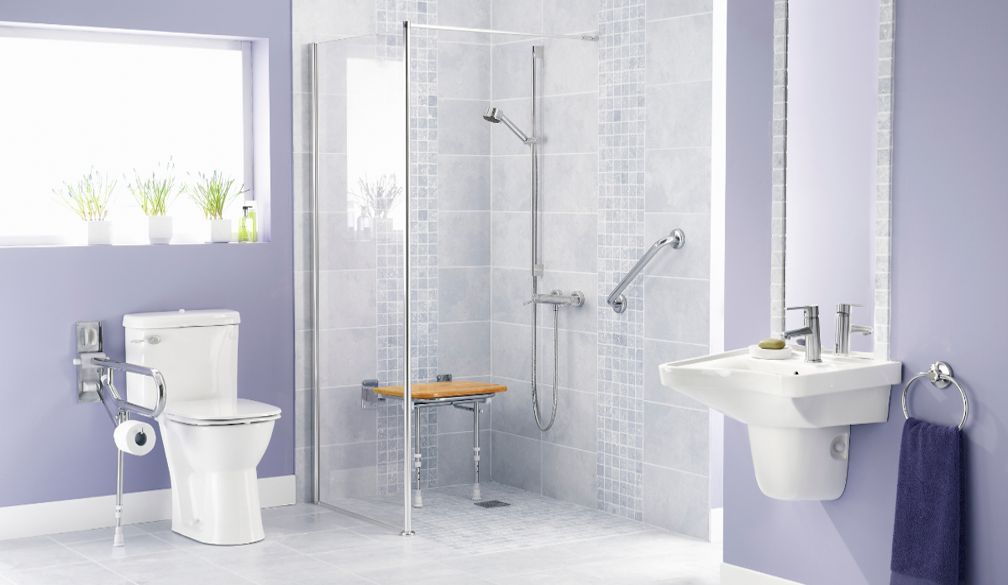Healthcare for New Zealanders with multiple chronic conditions needs ‘radical rethinking’ – here’s what should happen
- Written by Anna Askerud, PhD candidate, University of Otago

One in four New Zealanders have more than two chronic conditions, including both physical and mental health issues.
The COVID pandemic has highlighted how difficult it can be for people with multiple pre-existing conditions to access health services and receive the most suitable care. For those living in poverty or challenging family and social circumstances, it can be even harder.
We have evaluated a new model designed to provide care for people with multiple chronic health and social needs.
Our findings show it was less effective than anticipated in reducing health inequities. But it nevertheless delivered useful lessons to incorporate into New Zealand’s current health reform process.
Primary care has been endorsed as the best place to support people with chronic conditions, many of whom are older. It focuses on patient-centred care to avoid hospitalisations and provides regular disease screening.
But since the pandemic, staffing issues have limited access to face-to-face primary care services and increased demand on emergency departments, which are not structured to provide care for those with complex health and social needs.
Client Led Integrated Care (CLIC) is a model of care specifically for people with multiple chronic conditions. It is based on the principles of the global chronic care model and was envisaged as a proactive programme based on best-practice guidelines.
One of its goals was to reduce health inequities, particularly for Māori, Pacific people, vulnerable older adults and those living in poverty. Another significant aim was to provide appropriate levels of care to reduce demand on hospitals.
Our assessment during the four years since the programme was implemented in general practices in the southern district of Aotearoa, from 2018 to 2022, shows it has not been effective in reducing health inequities.
Read more: Living with complex illness and surviving to tell about it: Anna Spargo-Ryan's chronic optimism
What’s wrong with current care for chronic conditions?
CLIC and similar chronic conditions programmes developed over the past 20 years focus on trying to teach people how to change lifestyle factors which may have contributed to their illness.
CLIC is based on an annual one-on-one holistic assessment. Patients are prioritised depending on their likelihood of requiring hospitalisation. Support focuses on changing negative lifestyles and managing medications. The programme also aims to encourage regular engagement with health professionals to meet goals from mutually developed care plans.
Although this sounds good, the prioritisation process does not identify those with the greatest ability to benefit from change. Neither does it address the needs which may matter the most, such as not having enough money for healthy food or to regularly attend a general practice.
There is little or no consideration of the personal resources required for people to achieve their health goals and minimal understanding of the lack of funding in primary care to address poverty and associated issues.
Better outcomes for people with complex needs
The reason CLIC has not worked uniformly is because people’s ability to manage their health is complex. Social determinants of health – including income and job security, education, housing and food insecurity, social inclusion and non-discrimination – influence outcomes.
These determinants can either be protective or confer risk. Social factors that put people at higher risk are complex and involve power dynamics, such as the long-term impacts of colonisation and the influence of government policies that don’t consider social determinants.
The ongoing health reforms must recognise the challenges of living with clinical complexity while also being negatively affected by these determinants. We need radical rethinking to provide more than standard models of care if Aotearoa is to improve health outcomes for a growing number of people.
Key changes include the removal of barriers such as patient fees for primary care services and providing alternatives to nine-to-five clinic consultations. Incorporating family, social and community connections to support people to improve their health and their social circumstances is also a valuable strategy.
New models of care for those with chronic conditions must consider social determinants and ensure health programmes work for both the people receiving them and those delivering them. Care must be provided across both primary and hospital facilities and be integrated with social services.
Most importantly, when developing (and appropriately funding) new models of care, it is vital to acknowledge people’s expertise in prioritising their own health. It is crucial such programmes consider individual life circumstances and people’s capability and access to resources (or the lack thereof) to manage their health.
The author would like to acknowledge the support of Fiona Doolan-Noble, Eileen McKinlay and Chrystal Jaye in writing this article.
Authors: Anna Askerud, PhD candidate, University of Otago



















